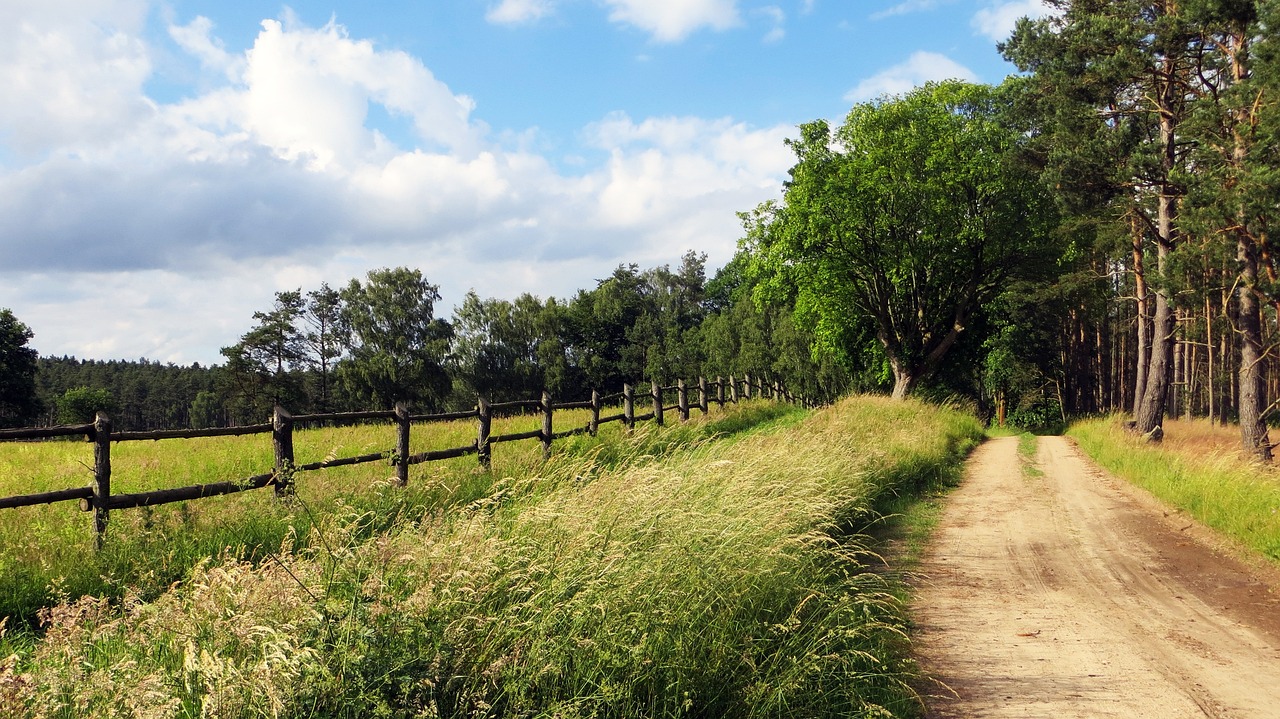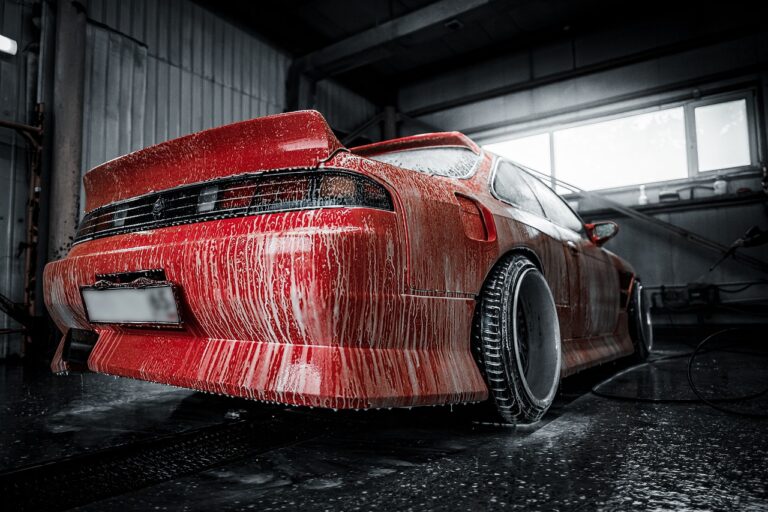The Role of Primers in Automotive Paint Systems
betbook250 com, reddy anna book online, playlotus365 com: As you may already know, automotive paint systems play a crucial role in protecting your vehicle’s exterior from the elements and keeping it looking fresh and stylish. One key component of these systems is the primer, which serves as the foundation for the paint and helps ensure a smooth and long-lasting finish. In this article, we will delve into the role of primers in automotive paint systems and why they are essential for achieving a professional-looking paint job.
What is a Primer?
A primer is a type of coating that is applied to a surface before the paint to improve adhesion, enhance durability, and provide a uniform base for the topcoat. In automotive paint systems, primers are typically used to promote adhesion between the metal substrate and the paint, prevent corrosion, fill in small imperfections, and improve the overall appearance of the finish.
Types of Primers
There are several types of primers used in automotive paint systems, each serving a specific purpose:
1. Etch primer: This type of primer chemically etches the surface of the metal substrate, creating a strong bond between the primer and the paint. Etch primers are commonly used on bare metal surfaces to prevent corrosion.
2. Epoxy primer: Epoxy primers are known for their excellent adhesion and corrosion resistance. They are often used on surfaces that are prone to rusting or in harsh environmental conditions.
3. High-build primer: High-build primers are designed to fill in small imperfections, such as scratches and minor dents, in the surface of the substrate. They provide a smooth and even base for the topcoat.
4. Self-etching primer: Self-etching primers contain acidic compounds that promote adhesion to bare metal surfaces. They are ideal for use on aluminum, steel, and other non-ferrous metals.
The Role of Primers in Automotive Paint Systems
Primers play a critical role in automotive paint systems for the following reasons:
1. Adhesion: Primers promote adhesion between the paint and the substrate, ensuring that the paint does not peel or flake off over time.
2. Corrosion protection: Primers help prevent corrosion by sealing the metal surface and protecting it from moisture and other corrosive elements.
3. Surface preparation: Primers fill in small imperfections in the surface of the substrate, creating a smooth and even base for the topcoat.
4. Durability: Primers enhance the durability of the paint system by providing a strong foundation for the topcoat to adhere to.
5. Appearance: Primers improve the overall appearance of the finish by creating a uniform base for the topcoat and hiding any imperfections in the substrate.
In conclusion, primers are an essential component of automotive paint systems that help ensure a professional-looking finish that is durable and long-lasting. By understanding the role of primers and choosing the right type for your specific application, you can achieve a flawless paint job that will protect your vehicle and enhance its appearance for years to come.
FAQs
Q: Can I skip using a primer in my automotive paint system?
A: While it is possible to skip using a primer in some cases, we highly recommend using a primer to ensure optimal adhesion, corrosion protection, and overall durability of the paint system. Primers play a crucial role in achieving a professional-looking finish that will stand the test of time.
Q: Can I use a different type of primer than the one recommended for my specific application?
A: It is best to follow the manufacturer’s recommendations for the type of primer to use based on the substrate and environmental conditions. Using the wrong type of primer can compromise the performance and appearance of the paint system.
Q: How long should I wait before applying the topcoat after applying the primer?
A: The drying time for primers can vary depending on the product and application method. It is essential to follow the manufacturer’s recommendations for the recommended drying time before applying the topcoat to ensure proper adhesion and performance.
Q: Can I apply multiple coats of primer for better coverage?
A: In most cases, a single coat of primer is sufficient to provide the desired adhesion, corrosion protection, and surface preparation. However, if additional coverage is needed, you can apply multiple coats of primer following the manufacturer’s recommendations for drying times between coats.
Q: Can I sand the primer before applying the topcoat?
A: Sanding the primer before applying the topcoat can help create a smoother surface and improve adhesion. It is essential to use the proper sandpaper grit and technique to avoid damaging the primer and compromising the overall finish.







